European Pear : MAX RED BARTLETT Semi-Dwarf (OHxF87) (Orchard Grade)
$37.95
An 'orchard grade' is a tree that may be somewhat shorter, slightly crooked, or a bit scratched, or for some other reason is not a perfect front lawn specimen. These trees will work just as well in an orchard as a first or number one would, since they still produce the very same fruit.
An attractive, solid reddish-brown pear. Discovered in Washington State in 1938, this unique and interesting variation of the old, familiar Bartlett offers some distinct advantages that are more than skin deep. It has the tangy, regular Bartlett flavour but is decidedly sweeter. The tree is slightly more fire blight resistant and tends to start bearing at a younger age. Also considered to be every bit as cold hardy and compact.
SEMI-FERTILE* | ZONE 4/5 | HARVEST: EARLY SEPT
Only logged in customers who have purchased this product may leave a review.
Growing Tips
All European (regular) and Asian pears will pollinate each other providing their bloom times overlap. Generally you can go by the expected harvest time, meaning only the very early and the very late might not be compatible with each other. However, since Asian pears, on average, bloom earlier than Europeans, you might pair an early European with a mid or late Asian.
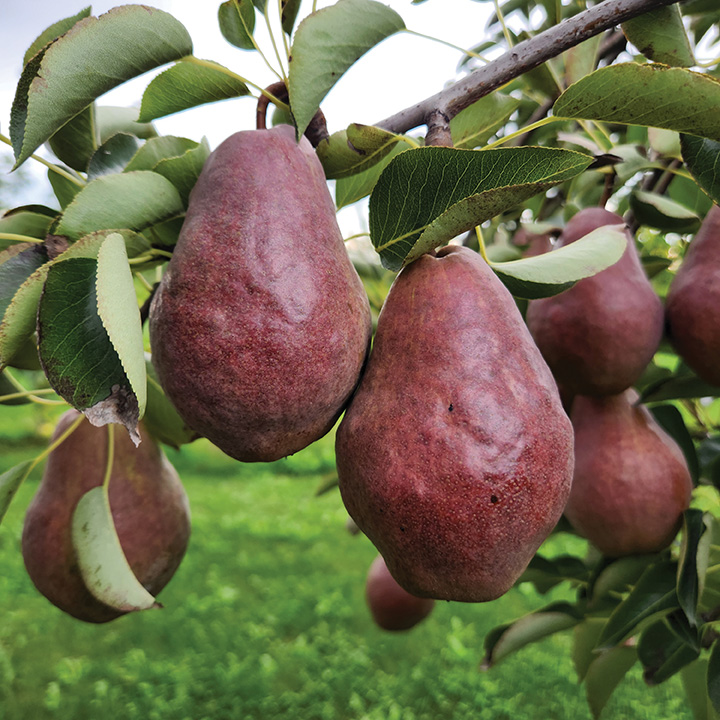
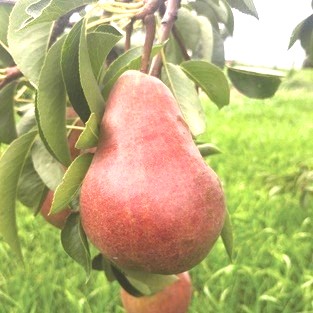
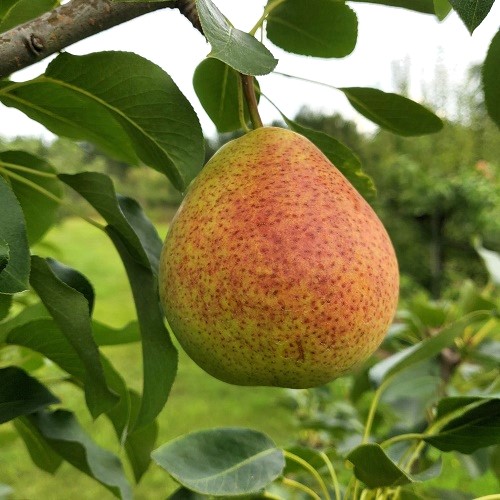
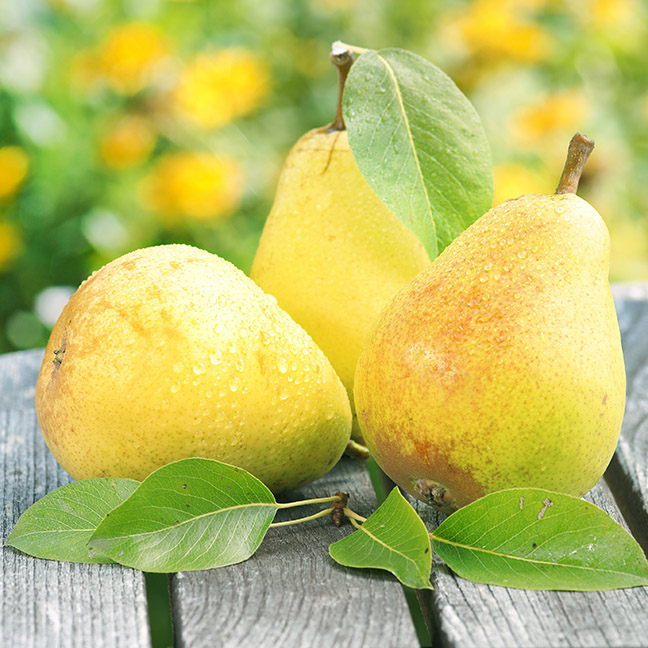
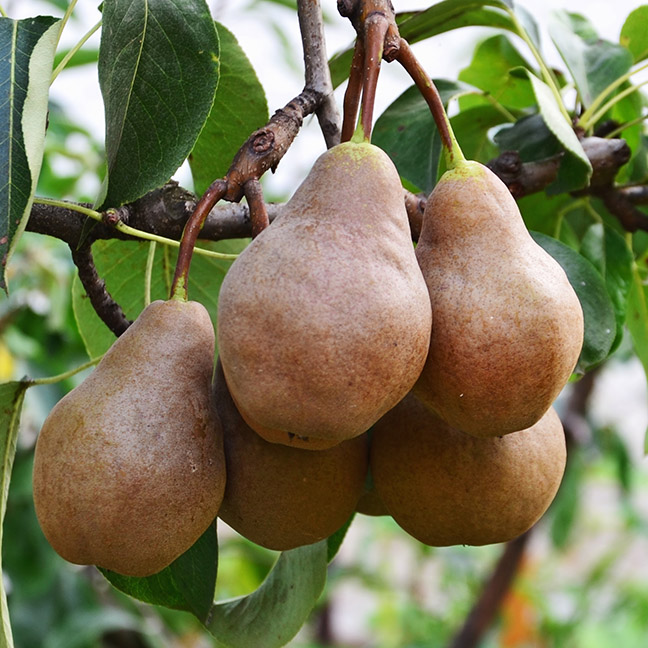

Reviews
There are no reviews yet.